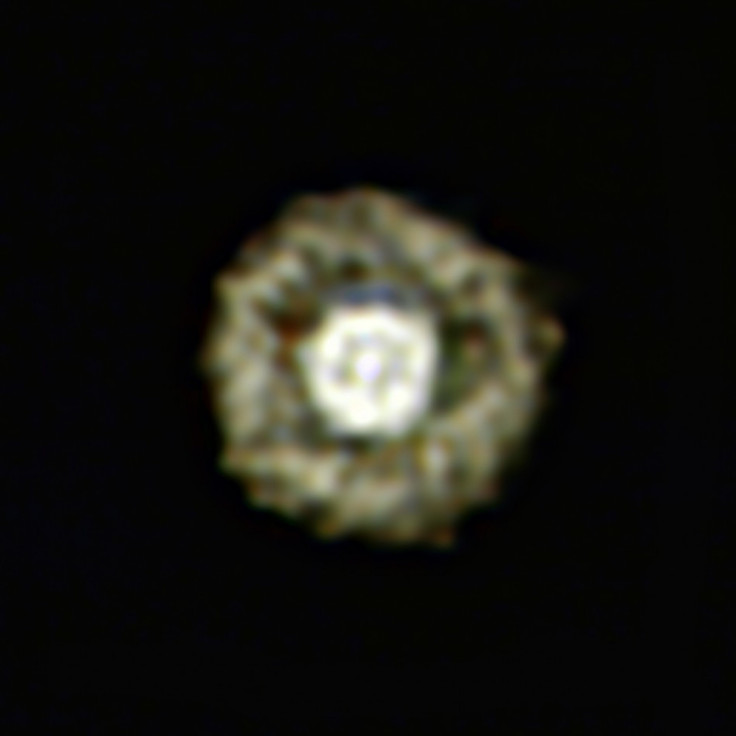Fried Egg-shaped Nebula Spotted in Space
A rare yellow hypergiant star was discovered in the vicinity of the constellation Scorpio.

An exceedingly rare type of star was discovered recently and photos are now available of the Fried Egg Nebula, a yellow hypergiant star within a double walled shell of exploded out gas and dust. The European Southern Observatory used its Very Large Telescope to photograph the closest yet known hypergiant star, at a distance of 13,000 light-years from Earth.
This object was known to glow brightly in the infrared but, surprisingly, nobody had identified it as a yellow hypergiant before, said Eric Lagadec (European Southern Observatory), who led the team that produced the new images.
The monster star, known to astronomers as IRAS 17163-3907 [1], has a diameter about a thousand times bigger than our Sun and new observations show it shines some 500 000 times more brightly than the Sun.Yellow hypergiants are in an extremely active phase of their evolution, undergoing a series of explosive events - this star has ejected four times the mass of the Sun in just a few hundred years The material flung out during these bursts has formed the extensive double shell of the nebula, which is made of dust rich in silicates and mixed with gas.
This activity also shows that the star is likely to soon die an explosive death - it will be one of the next supernova explosions in our galaxy. Before it reaches that phase however, the star will burn all its hydrogen and become a red supergiant. This phase ends when the star has finished burning all of its helium. Some of these types of high-mass stars then spend just a few million years in the post-red supergiant phase as yellow hypergiants, a relatively short time in the life of a star, before rapidly evolving into another unusual type of star called a luminous blue variable. These hot and brilliant stars are continuously varying in brightness and are losing matter due to the strong stellar winds they expel. But this is not the end of the star's evolutionary adventure, as it may next become a different kind of unstable star known as a Wolf-Rayet star, before ending its life as a violent supernova explosion.
Must Read: Gamers Contribute to Exoplanet Discoveries
© Copyright IBTimes 2024. All rights reserved.




















